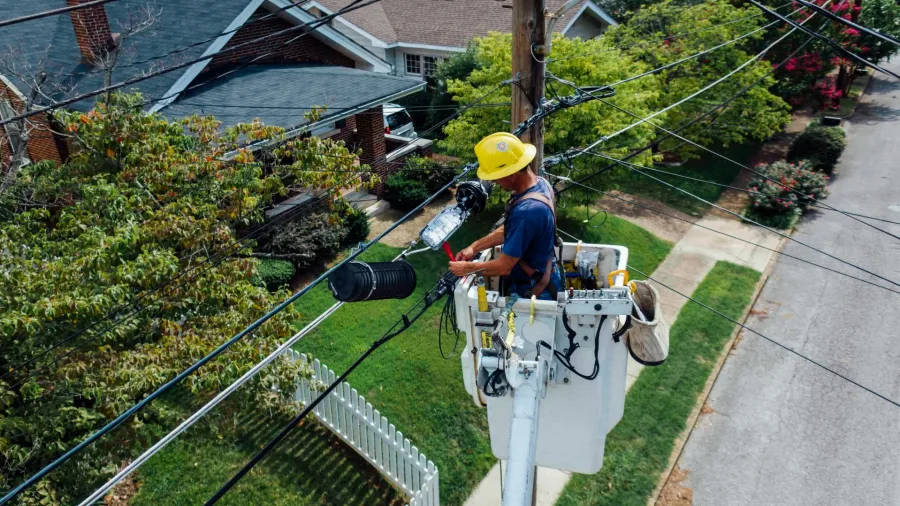
Skills shortage found in insurance’s renewable energy market
Overall profitability challenged due to variable results within different energy classes
The insurance market for renewable energy faces a skills shortage, requiring expertise to transition from traditional energy sectors to support low-carbon infrastructure.
Despite constraints in the renewable energy market, overall profitability remains tough due to variable results within different energy classes. Aforementioned constraints also include climate issues, supply chain disruptions, casualty deterioration, social inflation, and geopolitical conflicts.
“Nevertheless, insurance market capacity remains stable with new entrants entering the sector. We still expect tightening of insurance capacities and coverages for emerging technologies and natural catastrophe risks which remains to be the with key underwriting concerns due to large losses happening globally,” Sam Liu, Head of Renewable Energy, Asia at WTW, said in a press release.
“So far, 2024 has been characterised by natural catastrophe concerns, supply chain instability, technology maturity, rapidly growing energy storage and globalization of technologies. Each of these presents challenges and opportunities to which organizations and their insurers need to be ready to respond,” WTW’s Renewable Energy Market Review 2024 stated.
The effects of El Niño and La Niña, along with unpredictable weather patterns, have led to significant natural catastrophe losses and numerous weather events exceeding $1b.
“Countries in Asia are increasingly embracing renewable energy. We anticipate a continued surge in investments in 2024, particularly within the Southeast Asia region with countries setting ambitious targets to meet their net-zero emission goals,” Liu said.
Four years after the COVID-19 pandemic, global supply chains remain disrupted, affecting lead times for critical components and evaluations of asset reinstatement and business interruption risks.
The sector is experiencing rapid growth in technologies such as large wind turbines, floating solar, green hydrogen, and utility-scale battery storage, prompting innovation and strategic adaptation.
New developments in lithium-ion batteries and green hydrogen are revitalizing traditional technologies like hydroelectric pumped storage.
Liu also highlighted the rise of cross-border projects for electricity import and export in the region. However, these projects face challenges such as cross-border regulations, complex transmission infrastructure like subsea cables, and financing.
The trend towards hybrid projects aims to improve reliability and grid stability, though it introduces new risks related to interfacing different technologies.



















 Advertise
Advertise








